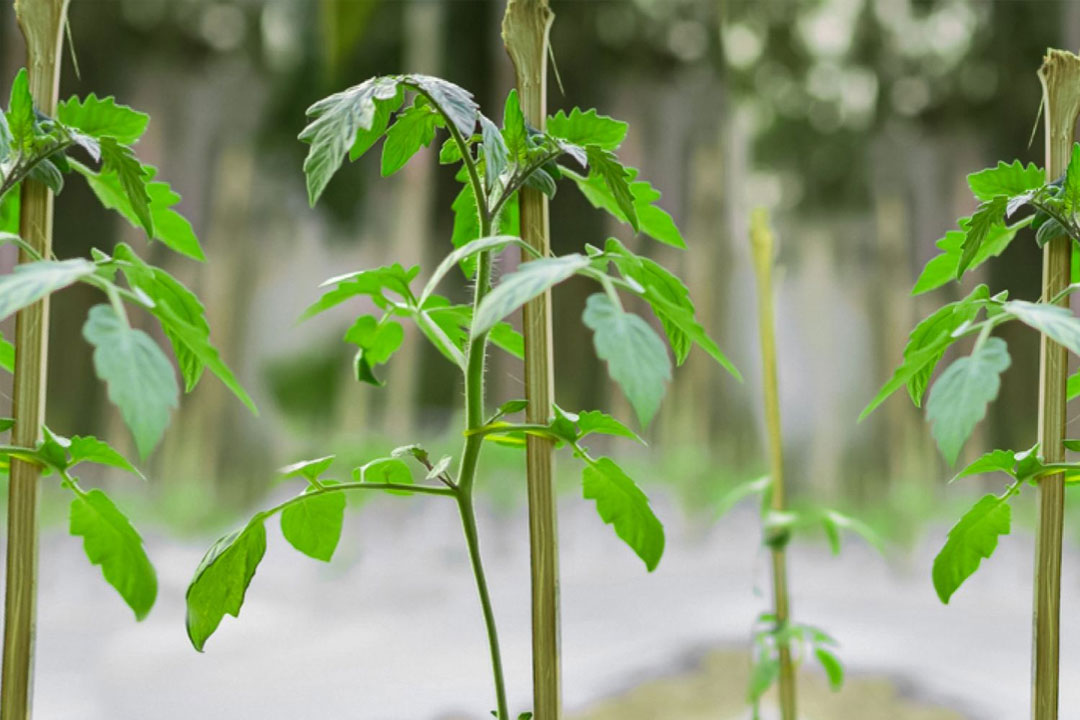

Tomatoes are one of the most commonly grown vegetables in the world, and for good reason. They are versatile, delicious, and packed with nutrients. However, growing tomatoes can be a challenge, particularly if you don’t take the right steps to ensure a healthy and productive crop. One of the most important steps in tomato production is staking. Staking involves providing support for the tomato plants to ensure they grow tall and strong, with a minimum of stress and disease.
In this guide, we’ll walk you through the process of staking tomatoes, explaining why it’s important, and how you can do it successfully.
Step 1: Choose the Right Staking Materials
There are several types of staking materials that you can use for tomato plants, including bamboo stakes, metal stakes, and PVC pipes. The key is to choose a material that is strong enough to support the weight of the plants and will not break under the weight of the fruits. Additionally, make sure the staking material is long enough to provide adequate support for the entire plant, from the bottom to the top.
Step 2: Plant Your Tomatoes
Once you have your staking materials ready, it’s time to plant your tomatoes. Make sure to plant them in an area with plenty of sunlight, well-drained soil, and good air circulation. Plant them deep enough so that only the top leaves are above the soil, and space them at least two feet apart.
Step 3: Install Stakes
As your tomato plants grow, you’ll need to install stakes to provide support. This is best done when the plants are still small, as it can be difficult to do once the plants get too large. Drive the stakes into the ground about six inches deep, a few inches away from the plants. The stakes should be about five to six feet tall and positioned about two feet apart.
Step 4: Tie the Plants to the Stakes
Once the stakes are in place, it’s time to tie the tomato plants to the stakes. Use soft ties, such as twine or strips of fabric, to avoid damaging the plants. Start by tying the main stem of the plant to the stake, making sure the tie is loose enough to allow for growth but tight enough to keep the plant upright. As the plant grows, tie the branches to the stake as needed.
Step 5: Prune the Plants
Pruning is an essential part of tomato production, particularly when staking. As your plants grow, they will produce side shoots or suckers. These should be removed, as they will compete with the main stem for nutrients and can reduce the yield of the plant. Prune the suckers when they are small, using a clean, sharp knife or pruning shears.
Step 6: Maintain the Stakes
Throughout the growing season, it’s important to maintain the stakes to ensure they continue to provide adequate support for the plants. Check the ties regularly and adjust them as needed to avoid causing damage to the plant. Additionally, make sure the stakes are securely anchored in the ground, as strong winds can knock them over.
By following these steps, you’ll be able to successfully stake your tomato plants and enjoy the benefits of increased yield, reduced disease, and ease of management. With a little bit of effort, you can ensure a healthy and productive tomato crop that will provide delicious, nutritious fruits for your family and customers.
Credit: Farming with Michael


















